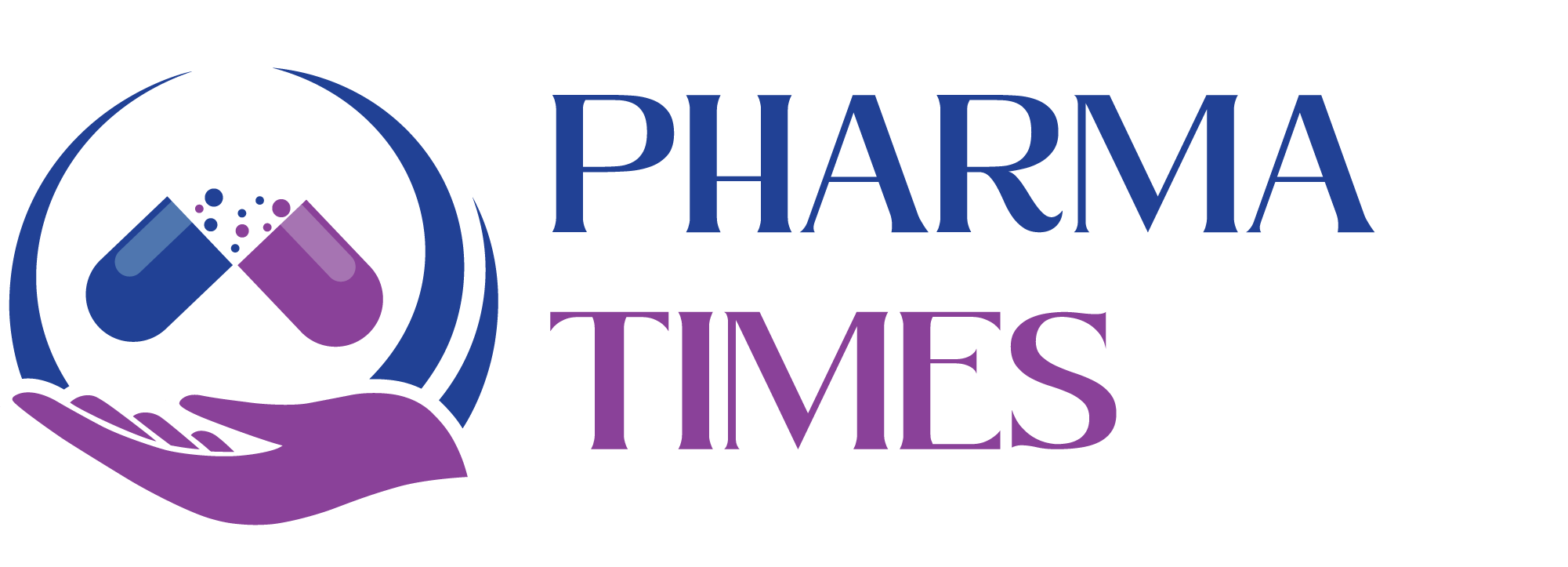Lubricants in Pharmaceutical Tablets: Their Role in Ensuring Efficiency and Quality

Lubricants in Pharmaceutical Tablets: Their Role in Ensuring Efficiency and Quality
Lubricants play a critical role in the formulation and manufacturing of pharmaceutical tablets. They are essential additives that significantly enhance the efficiency of the tablet production process while ensuring the final product’s quality and consistency. Below is a detailed explanation of the role lubricants play in tablet formulation and production:
1. Function of Lubricants in Tablet Production
-
Preventing Sticking to Equipment: One of the primary functions of lubricants is to reduce friction between the tablet powder mixture and the equipment, particularly the die and punch of the tablet press. Without lubricants, the tablet formulation could stick to the machinery, causing delays in production, damage to the equipment, and inconsistencies in tablet size and shape.
-
Ensuring Smooth Compression: Lubricants help ensure that the powder mixture can flow smoothly into the die cavity during compression. This smooth flow aids in maintaining uniformity in the tablet’s weight and size, which is crucial for dosage accuracy.
-
Reducing Wear and Tear: The constant friction during the tablet compression process can cause wear on the press tools. Lubricants reduce the amount of friction, helping extend the lifespan of the tablet press machinery and maintaining the quality of the final product.
2. Quality Control and Consistency
-
Preventing Degradation of Active Pharmaceutical Ingredients (APIs): Some lubricants also act as stabilizers, preventing the degradation of active pharmaceutical ingredients due to mechanical shear forces during compression. This ensures that the potency of the API remains intact, contributing to the tablet’s efficacy.
-
Maintaining Uniformity in Tablet Appearance: Lubricants can influence the final appearance of the tablet, including its surface smoothness and gloss. A well-lubricated tablet surface can lead to a uniform, aesthetically appealing product, which can be important for consumer perception and regulatory approval.
-
Improving Tablet Disintegration and Dissolution: While lubricants are essential for the manufacturing process, it is also critical that they do not interfere with the tablet’s ability to disintegrate and dissolve when ingested. Lubricants, when used in appropriate quantities, help preserve the tablet’s functional properties, such as rapid disintegration and the controlled release of the API.
3. Lubricants and Tablet Release
-
Preventing Capping and Lamination: Lubricants play a role in preventing tablet defects such as capping (the top of the tablet separating from the rest) and lamination (the formation of multiple layers within the tablet). These defects can occur when friction between the powder mixture and the die cavity is too high, leading to incomplete compaction of the tablet. Lubricants help to avoid these issues, ensuring a smooth, homogenous tablet structure.
-
Controlling Tablet Hardness: The lubricant affects the hardness of the tablet. If too much lubricant is used, it can make the tablet too soft, whereas too little lubricant can lead to excessive hardness. Achieving the correct balance of lubricant concentration is essential for producing a tablet that meets the required hardness specifications while maintaining optimal dissolution.
4. Types of Lubricants Used in Tablet Formulation
Several types of lubricants are commonly used in tablet formulations. The most commonly used are:
-
Magnesium Stearate: The most widely used lubricant in tablet manufacturing, magnesium stearate is effective in reducing friction during the compression process and is generally considered non-toxic and easy to use. However, its concentration needs to be carefully controlled, as it can interfere with tablet disintegration and dissolution if overused.
-
Stearic Acid: Another commonly used lubricant, stearic acid can help improve the flowability of the powder and prevent sticking. It is often used in combination with magnesium stearate.
-
Talc: Talc is another lubricant option, although it is more commonly used for its ability to enhance powder flow than as a primary lubricant.
-
Sodium Stearyl Fumarate: This is a newer lubricant with similar properties to magnesium stearate but with a different chemical structure. It is sometimes preferred for its lower potential to interfere with tablet dissolution.
5. Challenges in Lubricant Use
-
Impact on Tablet Dissolution: As mentioned earlier, excessive use of lubricants, particularly magnesium stearate, can affect the tablet’s ability to disintegrate and dissolve efficiently. This is because the lubricant can form a hydrophobic layer that prevents water from penetrating the tablet. Formulators must carefully balance the lubricant concentration to ensure that it doesn’t compromise the tablet’s dissolution rate.
-
Formulation Compatibility: Not all lubricants are compatible with every tablet formulation. For example, some active ingredients can interact with lubricants, reducing their effectiveness or leading to formulation instability. It’s important for formulators to test different lubricants and their concentrations to determine the most suitable option for a specific formulation.
-
Potential for Contamination: Although lubricants are generally considered safe, improper handling or excessive use can lead to contamination issues. Ensuring the correct concentration and proper mixing of lubricants is critical to maintaining the integrity of the final product.
6. Regulatory Considerations
-
Safety and Toxicity: Lubricants used in pharmaceutical tablets must meet stringent safety standards, as they are consumed by patients. Regulatory agencies such as the FDA and the European Medicines Agency (EMA) carefully evaluate the safety profile of lubricants and their approved usage limits in drug formulations. Manufacturers must comply with these regulations to ensure the safety of their products.
Conclusion
Lubricants are essential components in the tablet manufacturing process, playing a vital role in ensuring the efficiency of production, maintaining the integrity of tablet properties, and enhancing the final product’s quality. While lubricants help to reduce friction, prevent sticking, and improve tablet appearance, their usage must be carefully controlled to avoid adverse effects on tablet dissolution and overall efficacy. The selection of appropriate lubricants, their concentration, and their compatibility with the rest of the formulation are critical factors that contribute to the success of pharmaceutical tablet production.
🎓 Discover one of the best Pharmaceutical Production courses available — click below to explore the course that’s shaping future Production skills.

